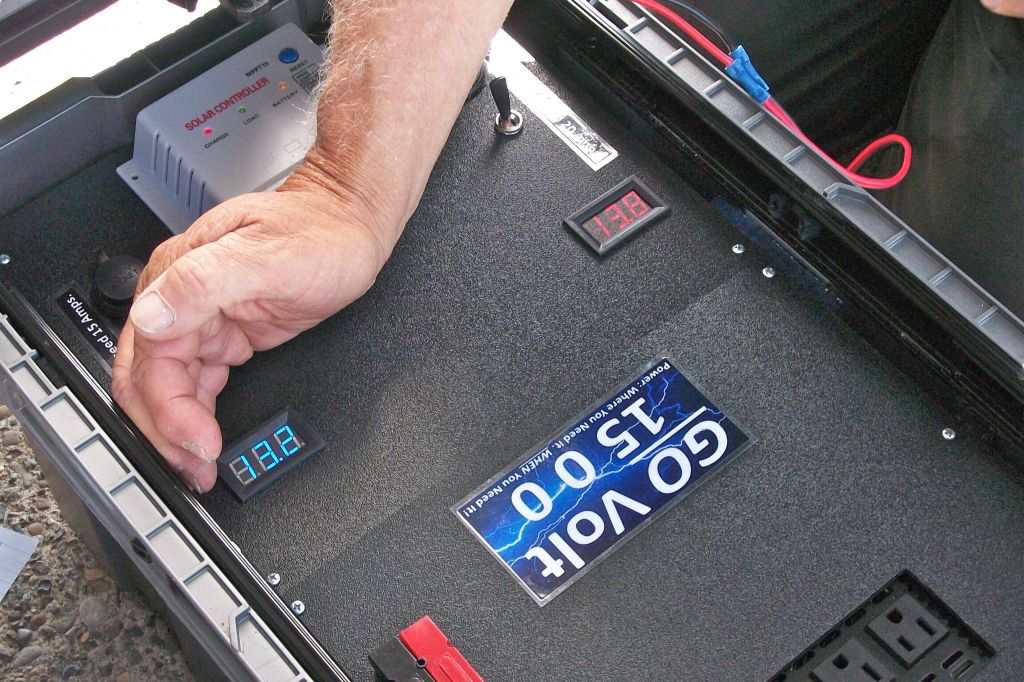Olney resident claims he has created a better battery pack
Published 8:57 am Thursday, August 7, 2014

- Inventor Bruce Forster's GO Volt 1500 is an improved version of two other self-contained battery packs he created in 2012 and 2013 - GO Volt 400 and GO Volt 750, respectively.
Inventor Bruce Forster is interested in providing people all over with “power where you need when you need it.”
To accomplish that goal, he sought to make a source of power that was portable, accessible and reliable.
“I wanted to get as close as I could to creating a system that could do it all in one self-contained unit,” said Forster, a member of the Adventist Community Services Disaster Response program and a certified ham radio operator.
His recently completed portable GO Volt 1500 prototype is a new and improved version of two other self-contained battery packs he created in 2012 and 2013— the GO Volt 400 and GO Volt 750. The GO Volt 1500 has the same basic operating principal as the two earlier machines. His latest model contains several different features, such as a deep-cycle marine battery, a 1500-watt inverter, an 85-watt solar panel and an automatic charge controller.
The “Great Coastal Gale” and subsequent power outage experienced on the North Coast in 2007 set Forster on the path to inventing the self-contained battery pack, which can provide an alternative source of short-term power in emergency situations. Since finishing the prototype in January, he has used it several times, and it hasn’t failed, he said.
Forster, who considers inventing a “hobby I would like to turn into an occupation,” has high hopes for the GO Volt 1500.
“This one has the greatest potential of helping other people of anything I’ve done,” he said. “… On top of that, this is fun for me, because every time I build something like this, I learn a little more, and the more I learn, the more I can contribute.”
The GO Volt can supply portable power in disasters or in remote locations where commercial power isn’t available. The inverter on the machine takes electricity from the battery and converts it to a house current, so it can power home electronics and appliances, such as computers, blenders, microwave ovens and small power tools, said Forster.
“I knew what I wanted when I started building this thing,” he said.
The unit is designed to interface with any solar system currently available, something that similar units on the market don’t have, Forester said. The battery pack can be charged in four different ways: from a specially modified battery charger, a gas generator, the cigarette lighter of a car or the supplied solar panel.
“I’ve done about everything I can do with the physical space I have,” he said.
At least a third of the components, including the battery and wiring harness, were manufactured in the United States, something that is important to Forster. He said all the parts he needed to create the prototype were available in Oregon and he made it in his home lab in Olney, rendering the device “locally made.”
Now that he’s completed the prototype, Forster is seeking venture capital to manufacture the GO Volt. Eventually, he said, he would like to reduce the retail cost, which he estimates to be $1,500.





